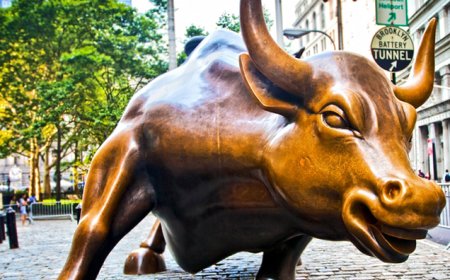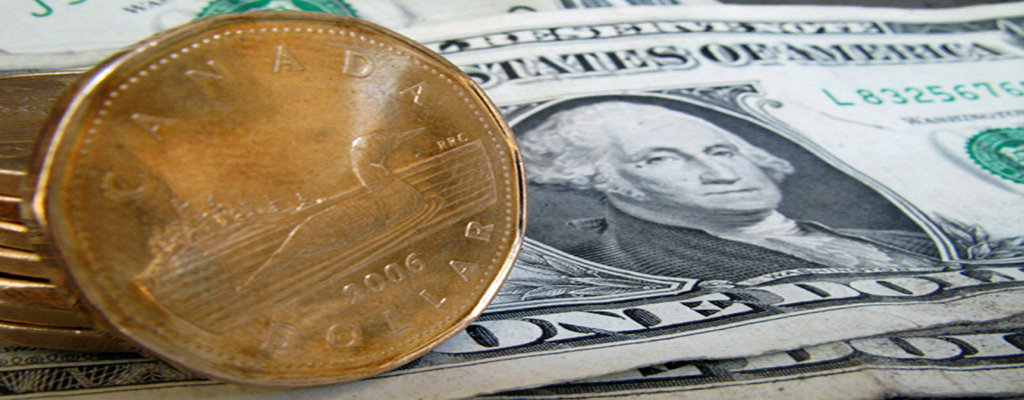Soaring Stocks Take Breather Thursday

Stocks in Toronto saw some of their earlier momentum slow down Thursday, as tech weighed on the market.
The TSX Composite Index scaled back 77.44 points to end Thursday at 27,915.99, after several days of new record highs.
The Canadian dollar dipped 0.33 cents to 72.39 cents U.S.
Tech stocks proved the biggest drag Thursday, with Sylogist the main culprit, losing $1.09, or 11.9%, to $8.05, while Constellation Software took it on the chin $250.90, or 5.6%, to $4,256.68.
In industrials, Bird Construction had its wings clipped, $4.64, or 15.4%, to $25.44, while Finning International lost $1.84, or 3.1%, to $57.46.
In gold stocks, Wesdome Gold Mines sank $1.43, or 8%, to $16.51, while Aya Gold & Silver lost 48 cents, or 3.9%, to $11.91.
Health-care tried to make up for the losses, with Bausch Health Companies taking on 52 cents, or 5.3%, to $10.39, while Sienna Senior Living improved 14 cents to $18.45.
In telecoms, BCE soared 50 cents, or 1.5%, to $35.03, while Rogers surged 52 cents, or 1.1%, to $48.44.
In consumer discretionary, Gildan Activewear improved its fortunes $2.13, or 2.8%, to $77.75, while BRP captured 84 cents, or 1.4%, to $166.47.
ON BAYSTREET
The TSX Venture Exchange slipped 6.65 points to 779.81.
Seven of the 12 TSX subgroups had turned positive by the close, with health-care soaring 2.1%, telecoms ahead 0.8%, and consumer discretionary stocks better by 0.3%.
The five laggards were weighed by information technology, sliding 3.1%, industrials, off 1.1%, and gold, down 0.4%.
ON WALLSTREET
Stocks recovered from lows reached earlier on Thursday, with investors buying the dip once again in spite of a dour wholesale inflation report.
The Dow Jones Industrial Average came off its lows of the day, but still fell short of breakeven 11.01 points to 44,911.26.
The S&P 500 index actually pointed upward 1.96 points by the close to 6,468.54.
The NASDAQ fell back into negative country 2.47 points to 21,710.67.
The S&P and NASDAQ were both down 0.4% at their lows before bouncing back. The Dow shed more than 200 points at one point. The major averages slid earlier in the day after July’s producer price index reading indicated that a Federal Reserve rate cut is far from guaranteed.
Wholesale prices rose 0.9% on the month, much more than the 0.2% economists polled by Dow Jones were expecting. The index had come in flat in June. Wholesale prices can be a leading indicator for consumer prices.
Tapestry, the Coach New York and Kate Spade parent, sank $17.84, or 15.7%, $95.69, after its full-year outlook missed analyst estimates. Tapestry forecast full-year earnings of $5.30 to $5.45 per share, while analysts polled by FactSet were looking for $5.49.
Deere shares dropped $34.90, or 6.8% to $478.84, after it trimmed the top end of its full-year outlook. The Moline, Illinois-based manufacturer forecast net income of $4.75 billion to $5.25 billion, versus a previous forecast of $4.75 billion to $5.50 billion.
Investors came into the session riding high, with the S&P 500 and NASDAQ posting fresh record highs in the previous session. The benchmarks got a jolt earlier this week after the release of a cooler-than-expected consumer price inflation report for July.
That report stoked hopes among investors for a rate cut from the Federal Reserve at the end of its September policy meeting.
However, investors were left feeling disappointed after July’s producer price index reading indicated that such a rate cut is far from guaranteed.
Wholesale prices rose 0.9% on the month, much more than the 0.2% economists polled by Dow Jones were expecting. The index had come in flat in June. Wholesale prices can be a leading indicator for consumer prices.
Some traders were looking past this PPI number because the report showed the increase was driven by a large gain in “portfolio management,” along with airfare. Without those factors the figures would have been much closer to estimates.
Prices for 10-year Treasury lost ground Thursday, raising yields to 4.29% from Wednesday’s 4.24%. Treasury prices and yields move in opposite directions.
Oil prices took on $1.41 to $64.06 U.S. a barrel.
Gold prices collapsed $22.10 to $3,386.20 U.S. an ounce.










































